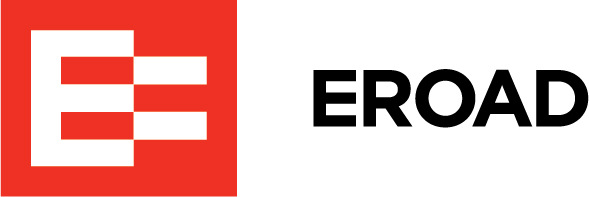Commercial truck drivers are often assumed to be at fault for truck-car accidents, despite much research showing that the opposite is true. Given this reality that motor carriers operate under, California-based Bettendorf Trucking decided to add EROAD’s Clarity Dashcam to its fleet to protect its drivers and its business.
“We’ve had a few accidents where I think a dash cam would have totally cleared us,” Bettendorf Controller Chris Freeman says. “We had our driver’s description of the accident. We had eyewitness descriptions. But in a rear-end type of accident, you’re assumed to be at fault. And without proof that you’re not at fault, it’s really an uphill battle.”
In-cab cameras, he says, provide that proof.
Even before implementing Clarity, Bettendorf experienced the power of video evidence when some of its drivers began bringing their own cameras into the cab.
In one instance, a driver’s camera captured an accident involving a Bettendorf truck and two passenger cars. One of the passenger car drivers claimed that the Bettendorf truck hit the other vehicle, causing it to crash into their car.
But the video footage cleared the Bettendorf driver.
“The video clearly showed the truck driving safely when the other vehicle struck the truck, lost control and impacted the third vehicle. I told the adjuster for the third vehicle that we had video, they asked for a copy and that was the last I ever heard from them,” Freeman says. “Their driver didn’t see the initial impact and assumed our truck had caused the accident. The video removed all doubt and the adjuster moved on to recover damages from the other party. Without video, it would have been difficult to prove.”
Download the white paper: How Dash Cams Protect Your Drivers and Your Business
Anticipated Return on Investment
“Over time, our expectation is that the cameras should pay for themselves,” Freeman says.
An American Trucking Research Institute report from 2020 found that size and frequency of large verdicts against motor carriers are on the rise, a trend that Freeman is well aware of.
“Reading the headlines, six figures seems to be a pittance these days to some of these trial attorneys,” he says. “Nuclear verdicts that reach seven or eight figures drive up insurance costs and potentially put a company out of business. If cameras stop one of those, they’ve paid for themselves.”
In one incident, a Bettendorf truck outfitted with EROAD’s Clarity Dash Cam was struck on the passenger side by a speeding passenger vehicle. Dash cam footage of the aftermath of the accident showed that the passenger car driver appeared to be impaired, and the driver’s insurance company contacted Bettendorf saying it would pay for the damage to the truck.
The video “laid the groundwork, if anything had been contested, as to what condition the car driver was in at that moment,” says Bob Phipps, Bettendorf’s maintenance supervisor.
Other EROAD Clarity Dashcam Benefits
In addition to driver exoneration, Freeman and his colleague Bob Phipps, Bettendorf’s maintenance supervisor, noted other dash cam benefits, such as driver coaching, quicker settlements when a truck driver is at fault and being able to monitor road conditions.
“We’ve got trucks traveling largely the same roadways and sometimes there’s traffic delays, weather or rockslides,” Freeman says. “If we want to see what the condition was when the last truck went through, we just go pop the video up.”
Driver Reaction to In-Cab Cameras
Commercial drivers are often reluctant to have cameras installed in their cabs, sometimes seeing them as an intrusion. Bettendorf, however, experienced little driver resistance to cams. Getting driver input had a big part to do with the smooth implementation, according to Phipps.
“In the time that we were researching this, our owner at the time really listened to the drivers and made the decision that these would be forward-facing only. That was a big relief for morale,” he says. “I don’t think we’ve had any drivers have anything negative to say. I’ve heard a few of them say, ‘it’s about time we’re doing this.’”
Another important step was selecting an easy-to-use camera, explaining how they work and what they record and having a written dash cam policy, Phipps says.
“The human side is probably the biggest thing in a rollout like this: have a plan, have it in writing, make sure everybody gets the memo and be able to answer questions,” he says. “The camera itself is just a piece of hardware; it’s how it’s interpreted and how you lay it out there that makes the difference.”
Related: How to Get Your Drivers on Board with Dash Cams
With fleet management solutions like our dependable, durable and accurate ELD, Clarity Dashcam and industry-leading Asset Tracker powered by Phillips Connect, EROAD is committed to helping our customers run safe, efficient and successful operations while staying in compliance with FMCSA regulations. Contact us today to learn more about our fleet management solutions.

